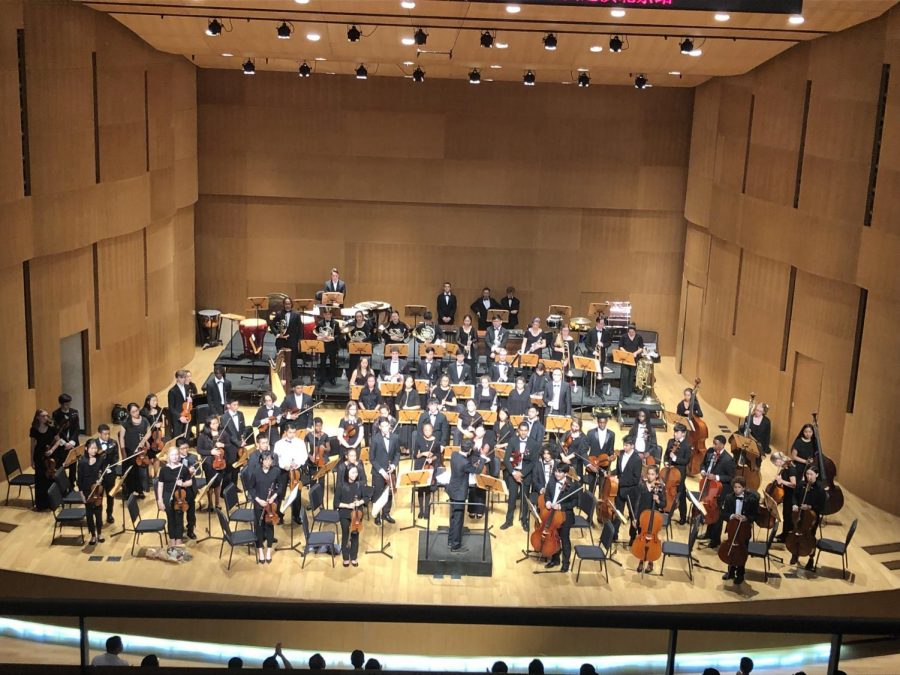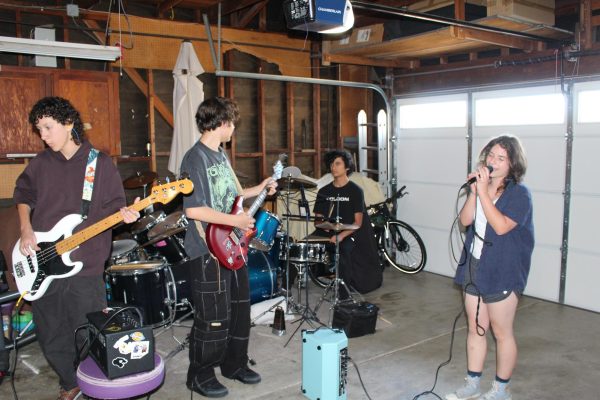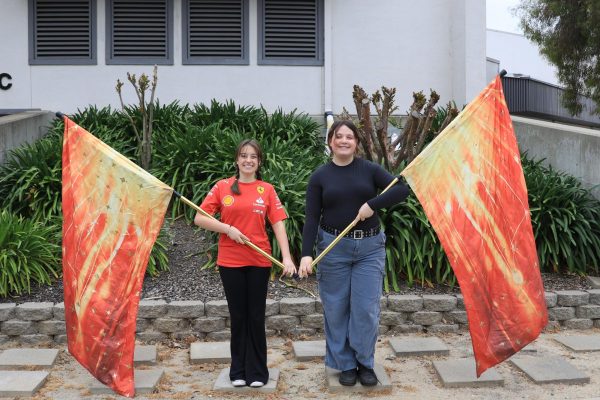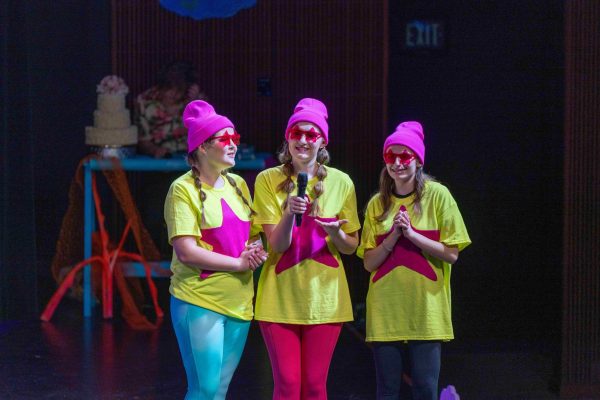Youth orchestras continue to rehearse over Zoom calls
Shelter-in-place hasn’t stopped Oakland Symphony Youth Orchestra from doing what they love
Courtesy of Oakland Symphony Youth Orchestra
The Oakland Symphony Youth Orchestra is pictured above during its 2019 concert tour of China after its performance in Beijing’s Xi’an Concert Hall.
Unprecedented times call for unprecedented actions and changes.
During this lonely, isolated period of global quarantine and lockdown, people have found new ways to interact, connect, and feel less lonely. People have adjusted day-to-day lives so they can continue weekly activities at home in new ways. This includes everything from working and schooling virtually to participating in extracurricular activities such as youth orchestras.
Several youth orchestras have moved their weekly, several-hour rehearsals online to the well-known video communication software Zoom, in the hopes of delivering a polished, coordinated video performance.
One of many youth orchestras continuing its season online is Oakland Symphony Youth Orchestra, which I have been part of for four years. Conducted by Maestro Omid Zoufonoun, the youth orchestra is composed of nearly 90 music students from all over the Bay Area.
I joined in seventh-grade as a second violinist before becoming first violinist, giving me the opportunity to grow as a classical musician and into a person who truly loves every aspect of being a violinist. But this coronavirus pandemic has proven to be a challenge most of us were not prepared for.
Our weekly four-hour rehearsals that were divided into sectionals (separated section-wide rehearsals led by a coach/section-leader) and orchestra-wide rehearsals in Uptown Oakland have now been condensed to weekly one-hour sectionals over a video call. The orchestra decided to move online at the beginning of April and continued rehearsals through Zoom in an effort to put together a virtual performance recording of Dvorak’s New World Symphony.
The orchestra is still in the process of rehearsing and piecing together its performance, excerpt by excerpt, starting with the last movement. The first online rehearsal was on April 19. Rather than an entire orchestra-wide coaching session, each section (of musical instruments) rehearsed together in individual Zoom calls.
Before rehearsal, an excerpt from the beginning of the last movement was outlined for each musician to practice individually during the week. For the first rehearsal, each section met on individual Zoom calls. Musicians were told to mute their mics, while the section coach listened to each individual play parts of the excerpt. Those muted were expected to play along with the individual playing for the coach.
The first week’s rehearsal provided a familiar sense of normalcy by going through the motions of weekly sectionals. Of course, it wasn’t the same as physically being in the same room and playing as a group in sync. Playing as a group on a Zoom call is technically impossible to sync, as buffers and different connections to the internet disrupt synchronization. The isolation of being in quarantine was almost emphasized by having to play one-by-one rather than as a whole group.
The following Sunday, the section was divided into several small subgroups (approximately three musicians per group) to practice together. One person was assigned as group leader and tasked with creating the Zoom call. Each group was to practice together for 90 minutes, and the section coach would drop-in on each group to check-in at an undisclosed time.
This rehearsal style gave individuals more freedom and responsibility. While groups weren’t always on task, this new freedom and lack of supervision allowed a forced bonding environment in which musicians could choose to fill their time practicing or socializing. Whatever we chose to do, we did it as a group and spent 90 minutes connecting through music or through talking.
The most recent sectional was a one-on-one coaching section with the section coach. This felt closer to a progress check or even an evaluation than to a rehearsal.
All rehearsals are working toward putting together a virtual performance recording of Dvorak. But the real reason behind continuing rehearsals seems to be out of desperation to cling to some kind of normalcy by continuing old patterns and ways of life. It is no surprise that humans have a tendency to gravitate back toward the familiar in unfamiliar situations.
What is fascinating is that rehearsals have seemed to be carried on for the additional purpose of not allowing all our hard work this past year to go to “waste”.
In these times of uncertainty, we cling to what we know brings us joy. Things that we may have taken for granted in the past, become privileges. Our priorities readjust. The unending work ensuring a stable, comfortable future no longer demands our prioritization and time when our future is uncertain and not guaranteed.
In times such as these, it’s important to realize what you prioritize when tomorrow is uncertain.




